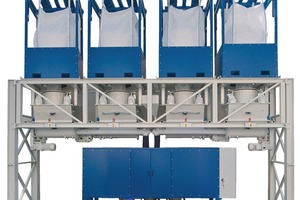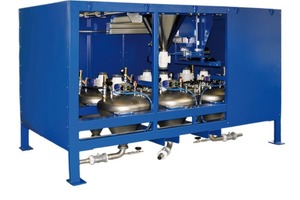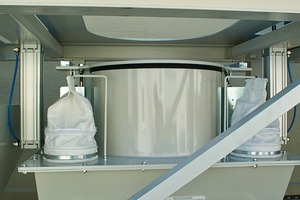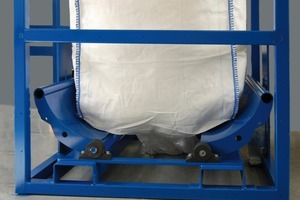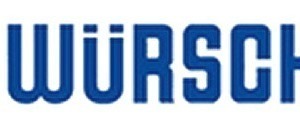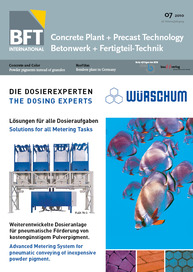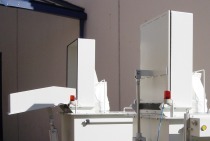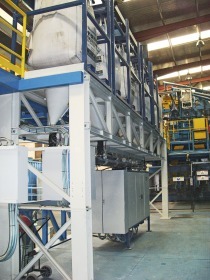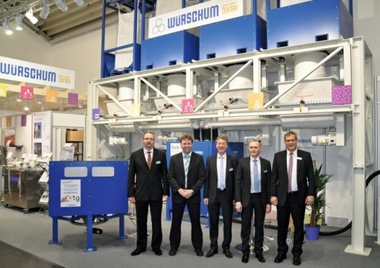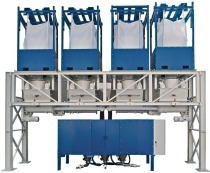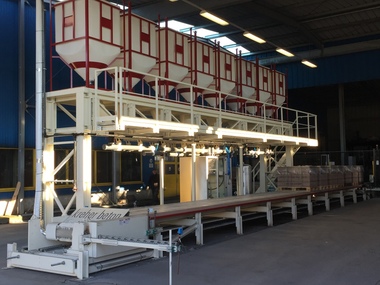Advanced metering technology offers operational savings
Cost pressure forces manufacturers of concrete products to search for potential cost savings. Next to the cement cost, pigment is the second highest cost component for producing products like pavers. Cost saving potentials for purchasing cement are rather limited.
Quite different is the situation when purchasing pigment, because the different pigment forms allow for more flexibility. For many years the granule form of pigment has been widely used in Europe and North America. In other parts of the world concrete producers kept using the less expensive powder pigment.
Granule pigment is a great product, allowing for reliable and dust free metering, and pneumatic conveying to the concrete mixer. The only disadvantage is the price of granule, which is higher than the powder pigment.
That brings us back to the cost saving potential. Generally there is a need to compromise if one purchases cheaper components or materials. With the use of powder pigments people usually think of dust and handling issues. Recently Würschum eliminated this compromise with the introduction of their new Flex 70-3, a new generation of advanced powder metering systems, shown at the bauma fair.
It’s key innovation is the utilization of pressure-vessels, which allow pneumatic conveying of the pigment batch to each concrete mixer. Furthermore with additional pressure vessels, this system offers fast cycle time and the advantage to pre-batch and hold the color batch for immediate discharge on demand.
Additional configurations provide options for up to six pressure-/conveying vessels. Such a system can hold up to six different pigment batches for one mixer, which is important for manufacturing of sophisticated “color-mix” pavers. Modern paver manufacturers use up to six different colored concretes in the mix. To have the correct color batch ready for immediate conveying is increasing performance and provides for trouble-free production.
For example, this configuration allows for one color station to simultaneously serve two mixers, each producing three color-mix products.
Another innovation is the integration of two independent weigh hoppers in one powder metering system. With this advanced system two independent concrete batching plants and paving machines can be independently supplied with color. This enables highly efficient and fast conveying. As soon as one weigh hopper is done with a pigment batch, it shifts sidewise and the second weigh hopper can weigh up the next batch a few seconds later. Both weigh hoppers can discharge into different pressure-/conveying vessels. This offers a great variety of versatile solution for fast metering and pre-batching of color pigment.
The system is also completely sealed for dust free operation. The Big-Bag is attached with a dust-free connection. The weigh hopper is also sealed and discharges into the pressure vessel by sealing it off. During pneumatic conveying of the powder pigment to the concrete mixer modern dust collection systems are used, so that the complete cycle from the Big-Bag to the mixer is dust-free.
The discharge of the Big-Bag is assisted with the stretching of the Big-Bag along with the use of pneumatic discharge aids. These measures avoid any bridging of powder in the bag and ensure a complete discharge of the Big-Bag.
The cleanliness of the weigh hoppers and the pressure-/conveying vessels are maintained with the use of special materials and surfaces, which are cleaned through a sophisticated way of vibrating and pneumatic cleaning.
Würschum GmbH was started in 1961 to design and manufacture powder pigment metering systems. The know-how and expertise earned over many years is continuously advancing. Pneumatic conveying is done since the early 90s with hundreds of granule and powder metering systems operating in countless different concrete applications.
With this combination of modern and advanced metering technology and many years of experience, concrete products manufacturers can now pro-actively manage cost pressures by taking advantage of previously unrealized saving potentials. These cost savings are realized while maintaining highest plant output and consistent product quality.

